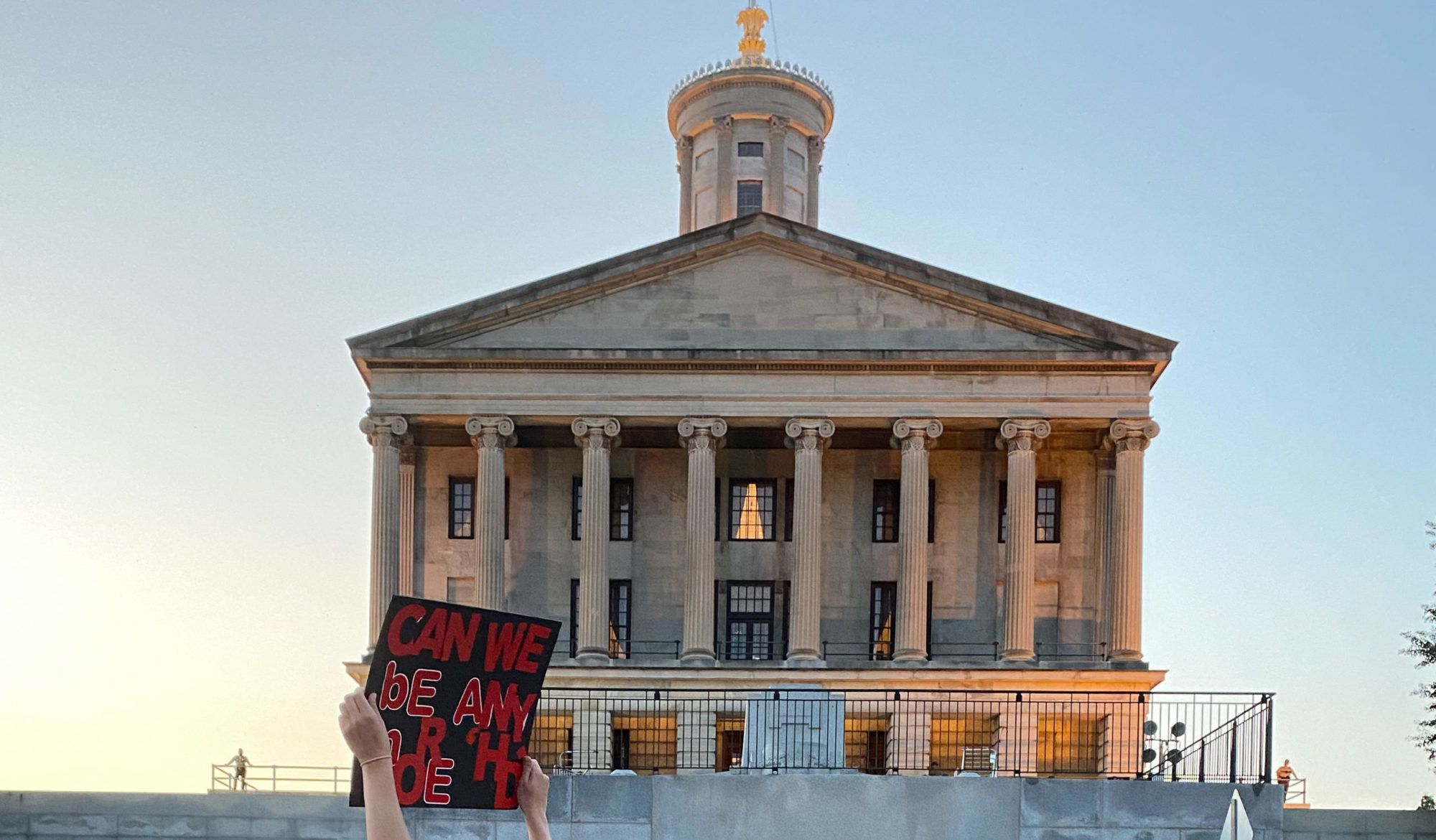My high school primer in American Government is becoming ever-fuzzier, and admittedly, it is easy to simply scroll past numerous presidential updates. However, while working towards solutions to domestic and global issues, it is important to understand and engage with the United States’ political process.
As of March 1, 2021, President Joe Biden has signed and published 34 executive orders, including a landmark decision to prevent the renewal of private prison contracts. Biden has signed almost as many executive orders in his first month as President Franklin D. Roosevelt, who holds the record, signed in his. What exactly does this mean?
Executive Orders, Defined
Article II of the Constitution allows presidents to enforce laws through the executive branch by any means necessary. Executive orders use written directives from presidents to various agencies on how to implement the law. Unless orders violate the Constitution or other existing federal statutes, they are seen as valid legal precedents by the court system.
Executive orders as public ways to advance presidents’ personal or party agenda. Orders create specific task forces or policy initiatives, and they can also involve direct rulemaking, which is a step in how laws are formally translated into codified policy.
Executive orders do not have the legislative power of laws. They are easily revoked and require time consuming negotiation with agencies first. More robust orders can need legislation and funding, and are therefore less likely to be politically contentious, as Congress controls these actions and more heavily relies on the public opinion of their constituents. A change in administration can undo previous executive stances.
Impact versus Systemic Change
Impact can be broadly defined as significant or lasting change brought about by a given action or series of actions. It can be measured by analyzing the significance of the changes on the lives of individuals. Alexa has explored the Methods Lab’s six measurement criteria, which are great benchmarks.
While an executive order might have an impact on our country or world, that might not be synonymous with creating systemic change. FSG Consulting defines systemic change as leveraging representatives of a system to change the conditions associated with a complex problem. Driving for impact can be an approach for systemic change.
Systemic change potential can be measured in various ways. For example, the Mercatus Center measures terms of restriction. It examines the usage of restrictive language in executive orders with words like “shall” and “must” that create binding, legal obligations. This might signal forceful orders that change policy and lives of Americans, but it also could increase the likelihood that an order will be overturned by the next administration. Just as this measurement only serves as a proxy for measuring the overall change potential of text, systemic change is hard to accurately quantify.
What Works and What Does Not?
Roosevelt issued numerous executive orders to bring the New Deal into reality during the American Great Depression. In 1935, he created the Works Progress Administration (WPA). The WPA created jobs for millions of unemployed workers.
While the WPA’s success in rebuilding the American economy is up for debate, the order created systemic change in less direct ways. It encouraged women to find jobs outside of their previously domestic roles. It also fostered a movement to expose all Americans to art by commissioning local artists to paint murals across the U.S. and make culture more accessible. The long-standing display and reverence of pieces from the mural cycle is a marker that the intention of the program to make change was fulfilled.
As Olivia mentioned in her article examining private prisons, President Biden’s recent executive order to prevent the Department of Justice from renewing its contracts with federal private prisons has the potential to make change for a significant amount of U.S. prisoners held in federal custody. It signals a loss of support to the private prison industry.
To completely dismantle this private industry and achieve systemic change, however, the order needs to be signed into legislation of some form. This would signal that there is more public approval for the issue, give access to more funding, and it might include the participation of state private prisons. When the private prison industry more concretely loses both federal and state governmental support and the action affects more individuals on a wider scope, then the system can see more tangible change.
Narrowing Impact
Many factors play into achieving impact and systemic change, especially with the unruliness and polarization that can define the U.S. government. Votes or calls to political representatives are actions that, while incredibly important, can feel small and inconsequential on an individual scale.
Working through focused organizations like nonprofits is a way to direct your efforts towards enacting systemic change for an issue important to you. For instance, Inclusive America is a non-profit aiming to make the government represent the diversity of the people of the U.S. and support inclusive and equitable policies, including executive orders. The Equal Justice Initiative is an organization that works against mass incarceration, excessive punishment, and racial inequality, and they act against private prisons as well.
Even if an executive order aims for definitive change, this might not equate to shifting public opinion or broad policy adjustment. Striving towards social change as an individual alongside the American political system can seem daunting, especially when politicians use convoluted techniques to make impact. When in doubt, focusing your impact on your passions and keeping up with the actions of politicians can only further the journey towards positive, systemic change.
